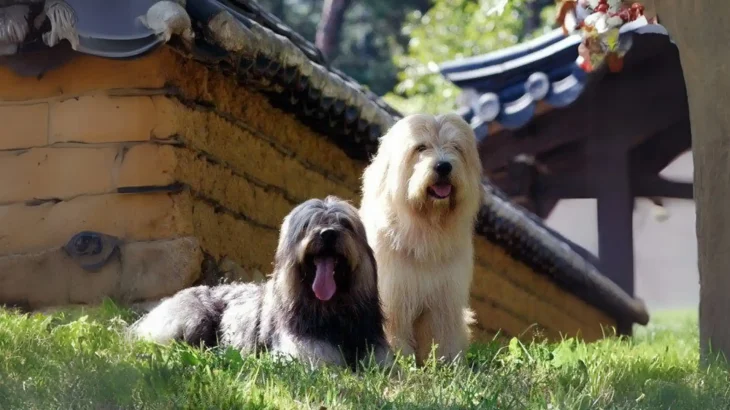When deciding whether to bring a Sapsari puppy into your home, you might wonder if adoption or purchasing from a breeder is the better path. Adoption offers a chance to provide a loving home to a dog that may already be in need, while purchasing from a breeder generally ensures more detailed knowledge about the puppy's background and lineage.
Adoption vs. Breeder: Pros & Cons
| Criteria | Buying from Breeder | Adopting from Shelter/Rescue |
|---|---|---|
| Cost | Generally higher due to breed purity and lineage documentation. | Lower fees, often covering vaccinations and spaying/neutering. |
| Health History | Comprehensive health records and screenings typically available. | May be limited or unknown, though initial health checks are usually done. |
| Age Availability | Primarily puppies, allowing for early training and bonding. | Variety of ages available, including adults. |
| Temperament Insight | Breeders can often provide information about temperament based on lineage. | Temperament observed by shelter staff; full history may be uncertain. |
| Supporting Practices | Supports responsible breeding programs when chosen carefully. | Helps provide homes to dogs in need and reduces shelter populations. |
| Breed Purity & Pedigree | Assured pedigree and breed standards. | Breed purity may be uncertain or mixed. |



















































